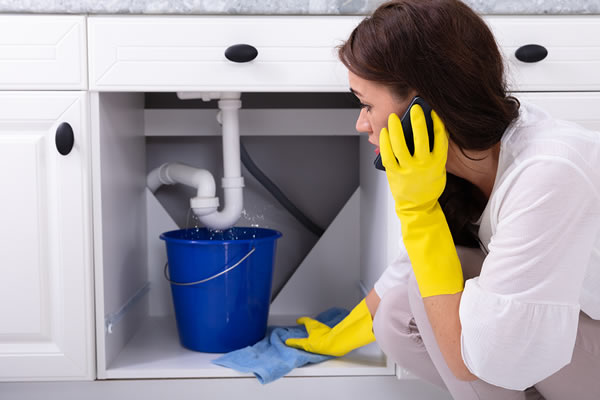They are making several great observations on Leaking water lines as a whole in this content in the next paragraphs.

Early detection of dripping water lines can alleviate a possible disaster. Some small water leakages might not be visible.
1. Check Out the Water Meter
Checking it is a surefire method that assists you uncover leakages. If it relocates, that indicates a fast-moving leak. This implies you may have a slow leak that can even be underground.
2. Examine Water Intake
Analyze your water expenses and track your water consumption. As the one paying it, you should discover if there are any disparities. If you identify sudden changes, regardless of your usage coinciding, it implies that you have leakages in your plumbing system. Bear in mind, your water bill ought to drop under the exact same array every month. An unexpected spike in your costs shows a fast-moving leakage.
A steady rise every month, also with the exact same habits, shows you have a slow leak that's additionally slowly rising. Call a plumber to extensively inspect your residential or commercial property, specifically if you really feel a warm location on your flooring with piping beneath.
3. Do a Food Coloring Test
30% comes from commodes when it comes to water consumption. Test to see if they are running appropriately. Decline flecks of food shade in the tank and wait 10 mins. There's a leak between the tank and also bowl if the shade somehow infiltrates your dish throughout that time without flushing.
4. Asses Exterior Lines
Don't forget to inspect your exterior water lines also. Examination faucets by affixing a yard tube. Should water seep out of the link, you have a loosened rubber gasket. Change this and also make sure all connections are limited. If you have actually obtained a lawn sprinkler, it will assist get it properly examined and kept each year. One little leak can throw away lots of water and also spike your water expense.
5. Examine the circumstance as well as evaluate
Property owners need to make it a routine to examine under the sink counters as well as even inside closets for any kind of bad odor or mold and mildew growth. These 2 warnings indicate a leakage so prompt interest is called for. Doing routine examinations, even bi-annually, can save you from a major trouble.
If you understand your house is already old, maintain a watchful eye on your heating units, hose pipes, pipes etc. Check for stainings and compromising as a lot of pipes and also devices have a life span. They will also normally weaken because of damage. Don't wait for it to escalate if you suspect dripping water lines in your plumbing system. Call a specialist plumber as soon as possible so you do not end up with a terrible mess in your house.
Early discovery of dripping water lines can minimize a possible calamity. Some little water leakages may not be noticeable. Checking it is a proven way that assists you find leaks. One small leak can throw away tons of water and also spike your water expense.
If you presume leaking water lines in your plumbing system, do not wait for it to escalate.
WARNING SIGNS OF WATER LEAKAGE BEHIND THE WALL
PERSISTENT MUSTY ODORS
As water slowly drips from a leaky pipe inside the wall, flooring and sheetrock stay damp and develop an odor similar to wet cardboard. It generates a musty smell that can help you find hidden leaks.
MOLD IN UNUSUAL AREAS
Mold usually grows in wet areas like kitchens, baths and laundry rooms. If you spot the stuff on walls or baseboards in other rooms of the house, it’s a good indicator of undetected water leaks.
STAINS THAT GROW
When mold thrives around a leaky pipe, it sometimes takes hold on the inside surface of the affected wall. A growing stain on otherwise clean sheetrock is often your sign of a hidden plumbing problem.
PEELING OR BUBBLING WALLPAPER / PAINT
This clue is easy to miss in rooms that don’t get much use. When you see wallpaper separating along seams or paint bubbling or flaking off the wall, blame sheetrock that stays wet because of an undetected leak.
BUCKLED CEILINGS AND STAINED FLOORS
If ceilings or floors in bathrooms, kitchens or laundry areas develop structural problems, don’t rule out constant damp inside the walls. Wet sheetrock can affect adjacent framing, flooring and ceilings.
https://www.servicemasterbyzaba.com/blog/how-to-detect-water-leakage-in-walls/

I'm just very focused on Detecting hidden plumbing leaks and I really hope you enjoyed reading the new entry. Those who enjoyed our blog posting if you please remember to share it. Thank you for your time spent reading it.